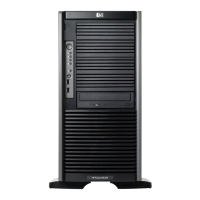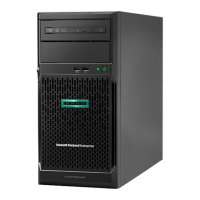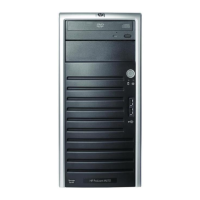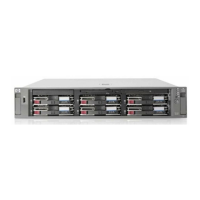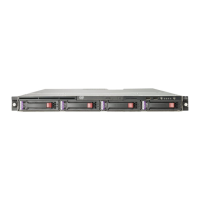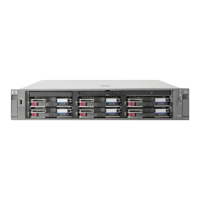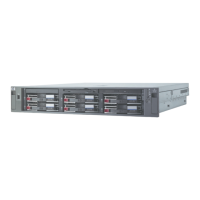file sharing protocols can be e nabled using specificnetworknamesfor
access across a network to a variety of clients. Permissions can then be
granted to those shares based on users or groups of users in each of the
file sha ring protocols.
Volume Shadow Copy Service overview
TheVolumeShadowCopyService(VSS)providesaninfrastructurefor
creating point-in-time snapshots (shadow copies) of volumes. VSS supports
64 shadow copies per volume.
Shadow Copies of Shared Folders resides within this infrastructure, and
helpsalleviatedatalossbycreatingshadowcopiesoffiles or folders that
are stored on network file shares at pre-determined time intervals. In
essence, a shadow copy is a previous version of the file or folder a t a
specificpointintime.
By using sha dow copies, a storage server can maintain a set of previous
versions of all files on the selected volumes. End users access the file or
folder by using a separate client add-on p rogram, which enables them to
view the file in Windows Explorer.
Shadow copies should not replace the current backup, archive, or business
recovery system, but they can help to simplify restore procedures. For
example, shadow copies cannot protect against data loss due to media
failures, however, recovering data from shadow copies can reduce the
number of times needed to restore data from tape.
Detailed information on shadow copies can be found in the administration
guide.
Using storage elements
No matter which type of storage element is created in the WebUI, the last
step in creating the element is determining its drive letter or mount point
and formatting the element. Each element created can exist as a drive
letter, assuming one is available and/or as mount points off of an existing
folder of a drive letter. Either method is supported. However, mount points
ca
n not be used for shares that will be shared using Microsoft Services
for Unix. They can be set up with both but the use of the mount point in
conjunction with NFS shares causes instability with the NFS shares.
Formats consist of NTFS, FAT32, a nd FAT and all three types can be used
on the storage server. However, VSS can only use volumes that are NTFS
formatted. Also, quota management is pos
sible only on NTFS.
HPProLiantStorageServeruserguide
39
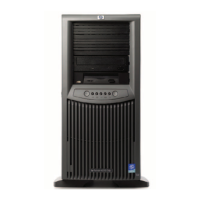
